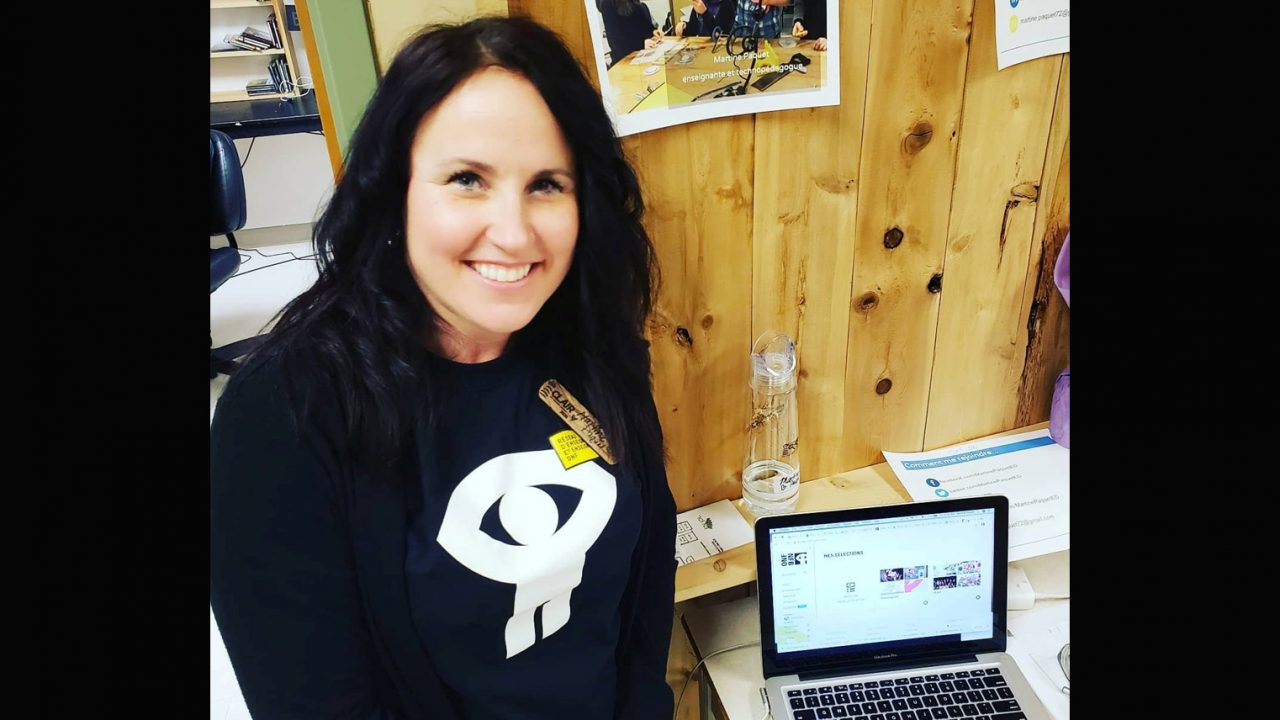
Using the “Big Six” Historical Thinking Concepts to Reflect on the Birth of Shopping
Using the “Big Six” Historical Thinking Concepts to Reflect on the Birth of Shopping
Selling a Lifestyle
In The Birth of Shopping, a new 2-episode release on CAMPUS, we are introduced to Aristide Boucicaut, often considered to be the father of the shopping centre. He opened Le Bon Marché in Paris as a goods store in 1838, and by the time of the World’s Fair of 1855, he was one of the most successful businessmen in France, if not the entire world. His concept was simple: create an opulent one-stop venue specifically targeted towards women, who would be able to enter a fantasy world where anything they wanted was available and they could shop unchaperoned. In the process, he set the wheels in motion for the suffragette movement and women’s liberation in general. As Boucicaut found success, other shrewd businessmen such as Harry Selfridge, in England, and John Wanamaker, in Philadelphia, pioneered marketing and branding techniques that changed the face of consumerism forever. To this day, we continue to balance the relationship between consumers, what we consume, and the value of the “middle-class dream.”
Marketers realize that they are not selling a product, but a lifestyle. This explains why so many beer, perfume, and car commercials look exactly the same, regardless of the specific product on display. What would your life be like with this product, or more to the point, what are you missing by not having this product? Boucicaut and his associates argued that shopping was the “material reward of social progress.” This social progress turned child labourers into child customers and introduced the concept of credit to the middle class. Nineteenth-century developments laid the foundation for the “instant gratification” society we now find in the 21st century.
The “Big Six” Historical Thinking Concepts (plus Key Questions)
Dr. Peter Seixas, a professor at the University of British Columbia, is responsible for a new approach to historical educational practices that he terms “the Big Six historical thinking concepts.” While not curriculum expectations per se, these concepts provide a lens through which historical education can take place. Each one looks at the implications of a historical event or development to ensure a holistic approach to the topic. More information can be found here: historicalthinking.ca.
Historical Significance
The shopping mall is significant because it reflects changes in consumer buying habits throughout the 19th century and the emergence of the consumer culture that is so prevalent today. The mall reflects the urbanization of families who need money for food and goods because they are not creating them themselves. The mall also democratized women’s social standing, giving all women access to the same luxury items. QUESTION: What does the success of 19th-century shopping centres say about consumer wants and needs?
Primary Source Evidence
Boucicaut, Selfridge, and Wanamaker all found success targeting female consumers. A Google search using the term “19-century advertising” and each of their names will bring up examples of their advertisements. In using primary evidence such as marketing campaigns and posters as a framework, students will be given a foundation to consider the next two historical concepts. QUESTIONS: WHO are the advertisements made for? WHY are they being made? WHAT are they trying to say? HOW are they accomplishing those goals?



